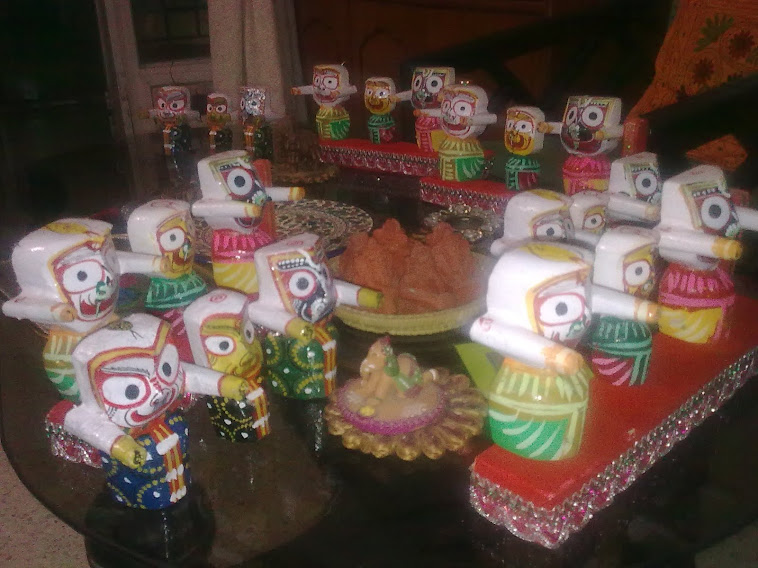 photos: left; Joshua inviting pople to hear his sermon.
photos: left; Joshua inviting pople to hear his sermon. Joshua Milton Blahyi AKA General Butt Naked reacts with childlike joy at the end of an intense grilling session with Ryan and his colleagues.
Right: An Afghan farmer in his poppy field
I recently viewed Ryan Lobo's latest collection of photographs and interacted with him. In the course of researching the heroin trade in Afghanistan and filming the award winning Redemption of General Butt Naked, Ryan travelled through war ravaged Afghanistan, Liberia and Iraq. Journeying through dangerous territory among desperate men, Ryan and his colleagues faced grave risk to their own lives. Travelling in armoured military vehicles accompanied by private security guards, they often had to seek safe spots on news of approaching Taliban forces. In the course of his travels, Ryan shot his own still photographs, which he feels can at times tell a deeper story relevant to all humanity.
During a bloody 14 year long civil war, Liberia was abandoned and forgotten by the rest of the world. In this chaos, the warlord Joshua Milton Blahyi emerged as one of the world's most brutal mass murderer. He is estimated to be responsible for the deaths of over 20,000 people either personally or through his army of child soldiers. Joshua and his followers went forth to fight and kill dressed only in boots and guns. Many believed that fighting naked made them invisible and invincible to enemy bullets. What sets Joshua apart is that at the height of his power, he abandoned the battlefield and had a wake up call. He turned to a pastor, Kun Kun, who urged him to confess his sins to those whom he had wronged, and seek their forgiveness.
Ryan and his colleagues followed the contrite Joshua as he approached his victims, offering food and money though he himself was nto a rich man. His camera records intense moments; a man beset with his own bloody history trying to hold on as he faces people who sometimes hear him and forgive him. Often, he faces hostility and msitrust. Images of these victims show various expressions of doubt, mistrust, hostility, anger, and peaceful resignation. "I cannot conclude what went on in their minds," Ryan says. He captured with his camera these intense and somewhat chaotic moments. The experiences of these individuals are part of the greater story of humanity, with its never ending cylces of war, peace, viollence, atonement and sufferings.
It is difficult to assess a man like Joshua, Ryan feels. His violent crimes and his repentance are both true, different facets of a complex individual. some images capture Joshua’s relief and even childlike glee at the end of grilling sessions. “Repentance, contrition and murder are equally real and true in Joshua’s case.” In this unfolding story of perpetrators and victims, how could a man like Joshua transcend his personal history? “Some questions are not meant to be directly raised or answered,” Ryan says. “These ideas came to me as we shot the film, and I tried to let the larger philosophical story of humanity speak through my photographs.”
My detailed account can be read in
Deccan Herald

